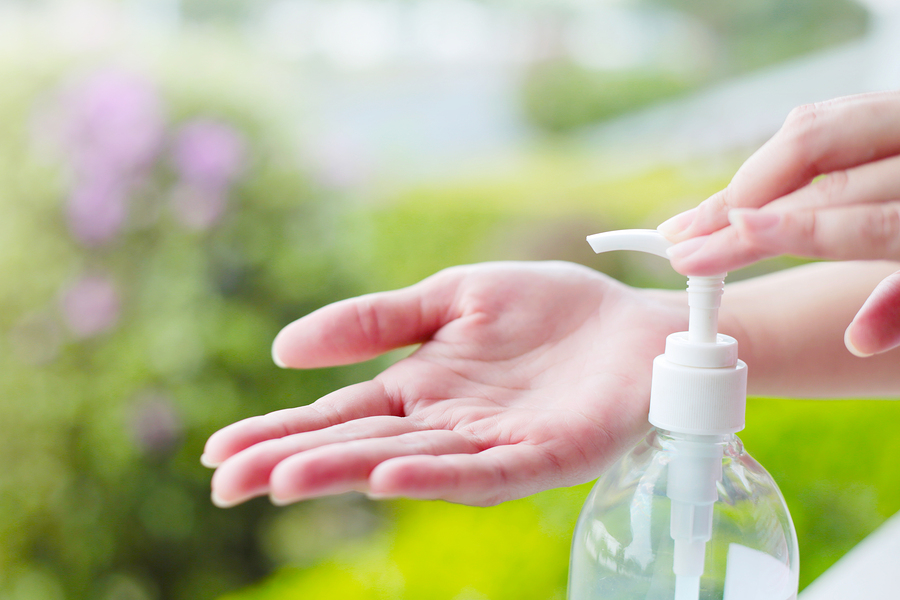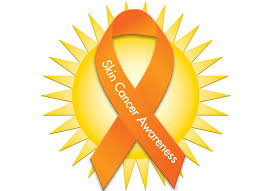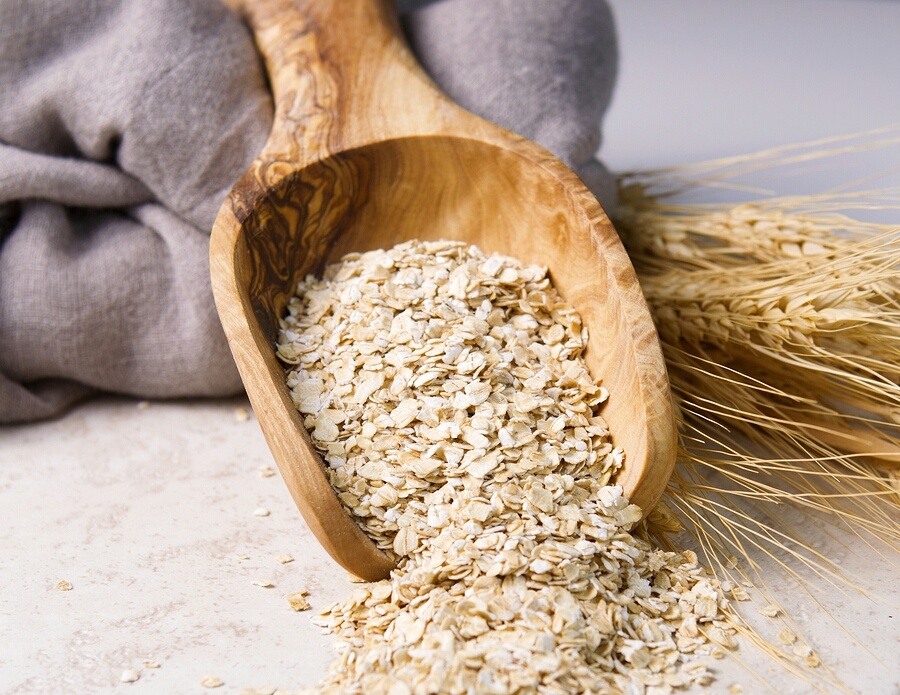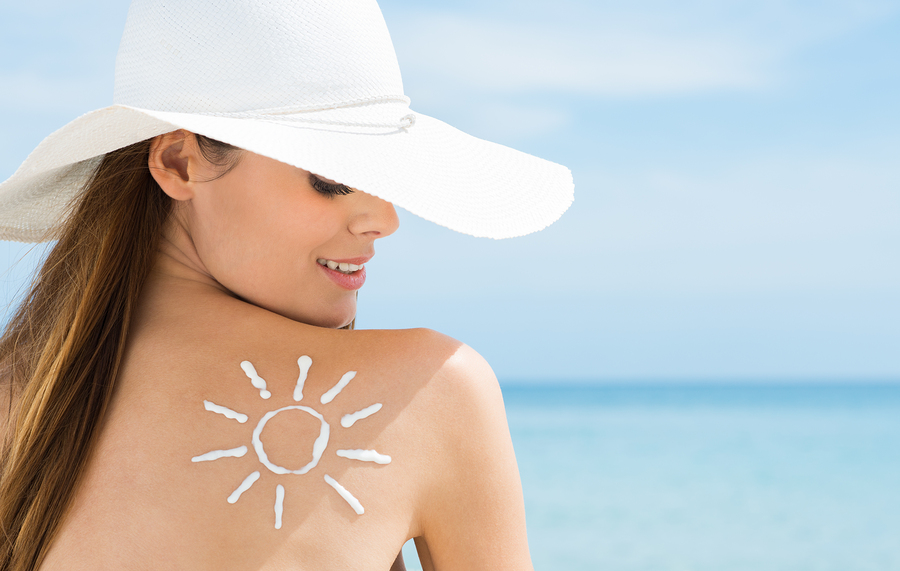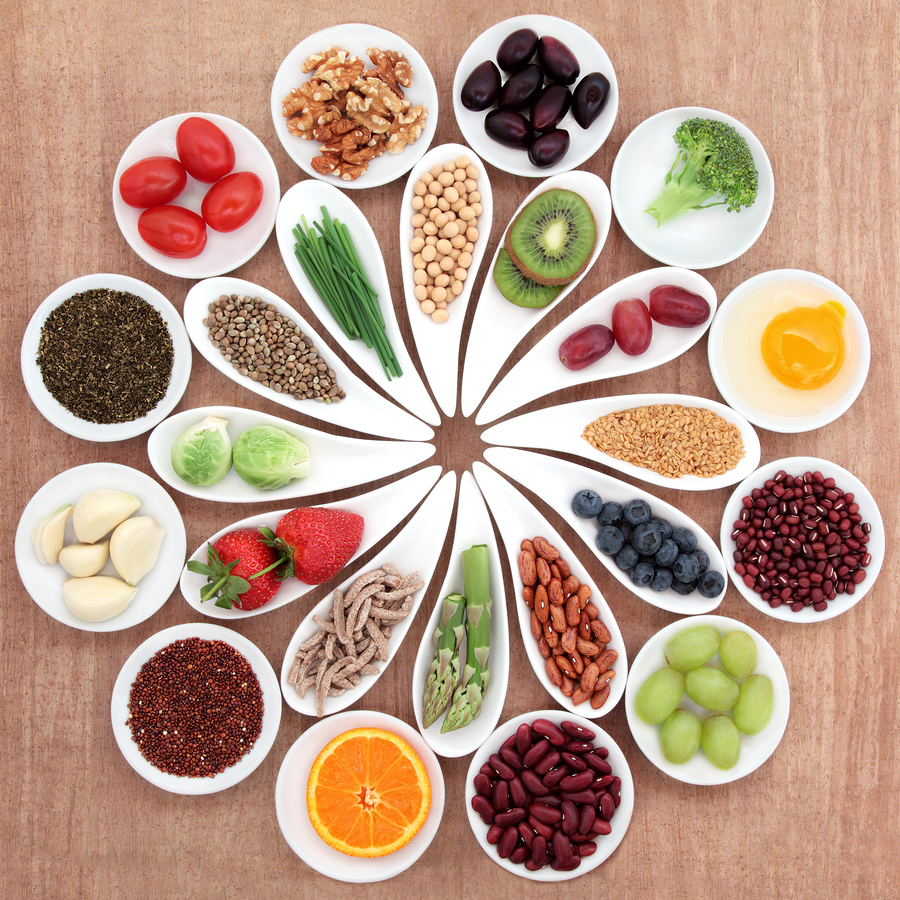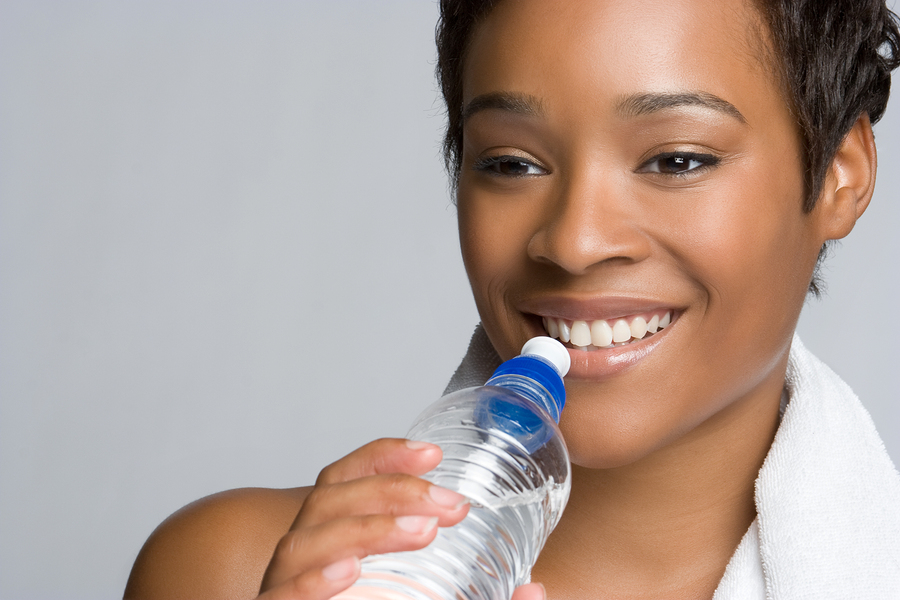
 Hey Earth’s Enrichers
Hey Earth’s Enrichers
Did you know there are basic principles to healthy living? These six principles develop a well-rounded, healthy life. These principles are physical health, intellectual health (mind), spiritual health, emotional health, social health and environmental health. In the next few weeks, we will feature each one of these principles and explain what exactly they entail and how they can easily be included into the healthy life that you deserve.
This week we will focus on physical health, which represents the body’s health. This principle refers to anything that benefits your body’s physical fitness, safety, nutrition, and medical responsibility.
As a part of physical health, physical fitness such as exercising and activity promotes the idea of keeping your body functioning the way it should whether it’s increasing flexibility, tracking your calories, or staying active. This also means maintaining your physical health. It is important to pay attention to your body and understand its physical limits.
Try to practice safe fitness and try not to put your body in awkward positions. For instance, when with exercising, try machines and workouts that support your body’s needs. If your balance isn’t that great, perhaps running up and down stairs isn’t the best option for you; instead, try an elliptical or stair climber. If your knees are a weak point, try to refrain from workouts that hyperextend them or require sudden twists or movements. Trust us, the last thing you want is to blow out a knee. So, be safe and smart about your fitness.
This principle also encompasses the ability to take care of the outer most properties of your physical health—this means your skin. Your skin is your most important source of protection for your body. It repels germs and other radicals from just entering your body. It comes in contact with tons of bacteria and possible dangers every minute of every hour and it needs your help to continue its job. Properly keeping your skin healthy and clean with natural and organic means protects it. This means keeping it clean, moisturized, and exfoliated. The better your skin feels, the better you feel.
Another aspect of this principle is nutrition—what you put into your body. You can’t keep up with your outer most physical health (muscles, joints, and skin) without taking care of your inner physical health (vitamins and nutrients). This means your body’s diet is necessary to balancing out your physical health. For instance, food and water are necessary when working out your body. The water keeps your body hydrated and keeps your muscles from cramping too much during exercise. Food, such as proteins like in chicken, gives your body energy and helps replace the fuel in your body lost after working out. .
Thus, it is important to keep your body properly hydrated and fed but this doesn’t mean put any ol’ thing in your body. Also try to include as many healthy fruits and vegetables as you can. Try limiting consumption of processed foods. Work out a healthy and affordable diet to increase your inner fitness. In order to do this you may need to know a few things about your medical health and/or consult a professional (nutritionist).
Knowing what you’re lacking in your nutrition can help you build a better plan. Also, it is important to consider what foods are good for boosting your immune system and are great for certain conditions and diseases you may have like obesity or diabetes. This is a part of your medical responsibility. Knowing that these conditions exist and could be a part of your everyday life, it would be beneficial to incorporate what you need to keep yourself healthy.
We know that there are other factors that affect our ability to eat properly and exercise. These factors are time, money, and personal taste. However, with proper researching and planning, a healthy, timely, and affordable diet and fitness plan may be achieved.
The EE 411:
Do you all know the difference between physical activity and exercise?
We will give you a hint, physical activity is what you do every single day. Have you figured it out yet? It’s as simple as walking through the parking lot to get to your car, or walking to the bus or metro. Another example of physical activity could be taking the stairs, instead of the elevator.
Physical activity is the basic movements your body makes on an average day. This would even include biking or walking to work instead of driving. This is equivalent to walking casually around the mall. The important part of this is that your body should get some physical activity every day. If you find, you’re sitting still the majority of the day, get up and do something!
If you’re sitting all day at a desk, stand up for a little bit and type. You might even want to stretch a little. However, this is where we move into the meaning of exercise. Exercise is an intentional workout that usually has an end goal or outcome. Folks usually tend to work out to relieve themselves of stress, lose weight, tone their bodies, etc.
Yoga is a great example of exercise! It’s an intentional flexibility and muscle endurance/strength work out. The end result is to either become one with your body or increase your core strength and range of motion. Jogging is an intentional workout, the end goal is endurance and cardio. It may also be used to regulate and maintain your body.
Either way, incorporating more physical activity in your everyday life is crucial to healthy living, especially if you . If y don’t necessarily have the time to work out every day. Don’t be afraid to put aside some time to work out, you and your body deserve it. Maybe even join a fitness class or a gym. You could bring your friends along or meet new people. It’s a great way to socialize.
When you have finished your workout, reward yourself! Break out the Lavender of the Valley, Calming Spa Seaweed, or Lemon fresh Shea baths salts and draw yourself a bath. This is a perfect way to look after your skin and relax your muscles—trust us, you deserve it. ^-^
Share with Us: What is your favorite type of physical activity?
(This post was brought to you by Earth’s Enrichments. Similar posts can be found by visiting our Blog. More information about our company and products (USDA Certified Organic Soaps, Organic Bath Salts, Organic Sugar Scrubs, Organic Body Balms and Organic Lip Balms) can be found on our Website. Thank you Earth’s Enricher!)
